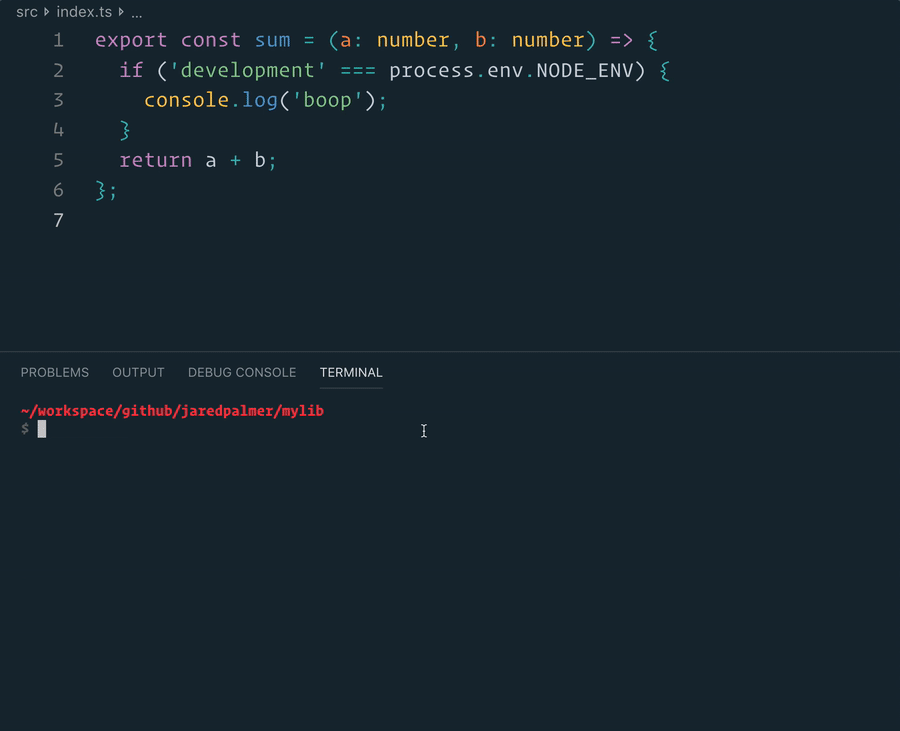Shifter Headless API SDK (beta)
npm install --save @shifter/headless-sdkUsage
Directory set authorization token
If you integrated by OAuth2, we can use the authorization token.
TypeScript
import {Shifter} from '@shifter/headless-sdk'
const shifter = new Shifter({
token: "SHIFTER_AUTH_TOKEN"
})
shifter.sites.lists()
.then(data => console.log(data))JavaScript
const {Shifter} = require('@shifter/headless-sdk')
const shifter = new Shifter({
token: "SHIFTER_AUTH_TOKEN"
})
shifter.sites.lists()
.then(data => console.log(data))Setup with username/password auth
We can directory setup the client with username and password.
TypeScript
import {Shifter} from '@shifter/headless-sdk'
const shifter = await Shifter.setupWithLogin('USERNAME', 'PASSWORD')
shifter.sites.lists()
.then(data => console.log(data))JavaScript
const {Shifter} = require('@shifter/headless-sdk')
Shifter.setupWithLogin('USERNAME', 'PASSWORD')
.then(shifter => {
shifter.sites.list()
.then(data => {
console.log(data)
}).catch(e => {
console.log(e)
})
})Development
This project was bootstrapped with TSDX.
Local Development
Below is a list of commands you will probably find useful.
npm start or yarn start
Runs the project in development/watch mode. Your project will be rebuilt upon changes. TSDX has a special logger for you convenience. Error messages are pretty printed and formatted for compatibility VS Code's Problems tab.

Your library will be rebuilt if you make edits.
npm run build or yarn build
Bundles the package to the dist folder.
The package is optimized and bundled with Rollup into multiple formats (CommonJS, UMD, and ES Module).

npm test or yarn test
Runs the test watcher (Jest) in an interactive mode.
By default, runs tests related to files changed since the last commit.